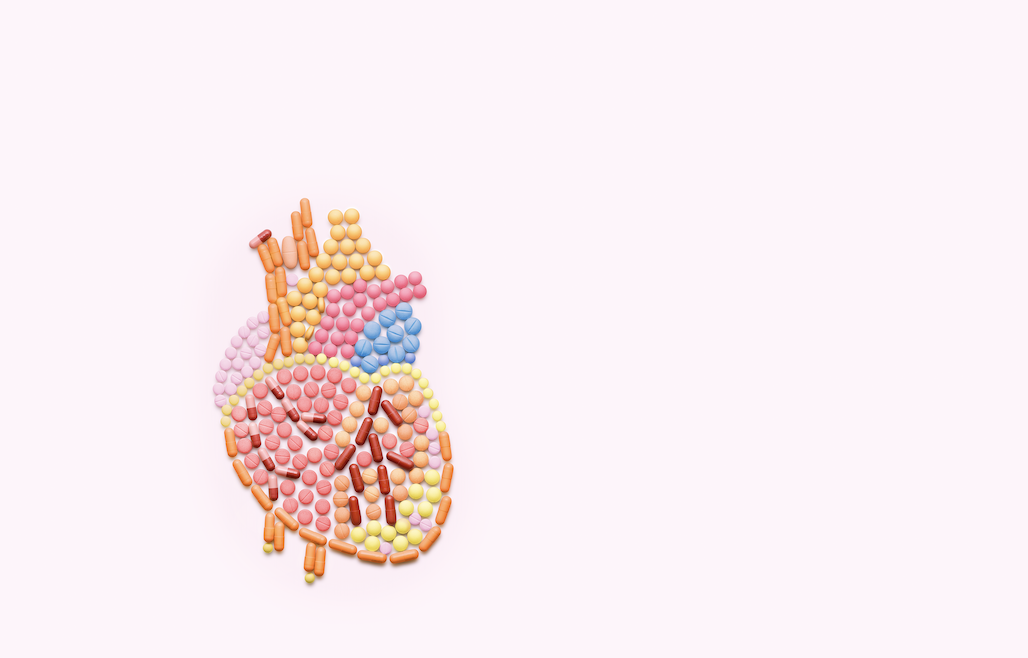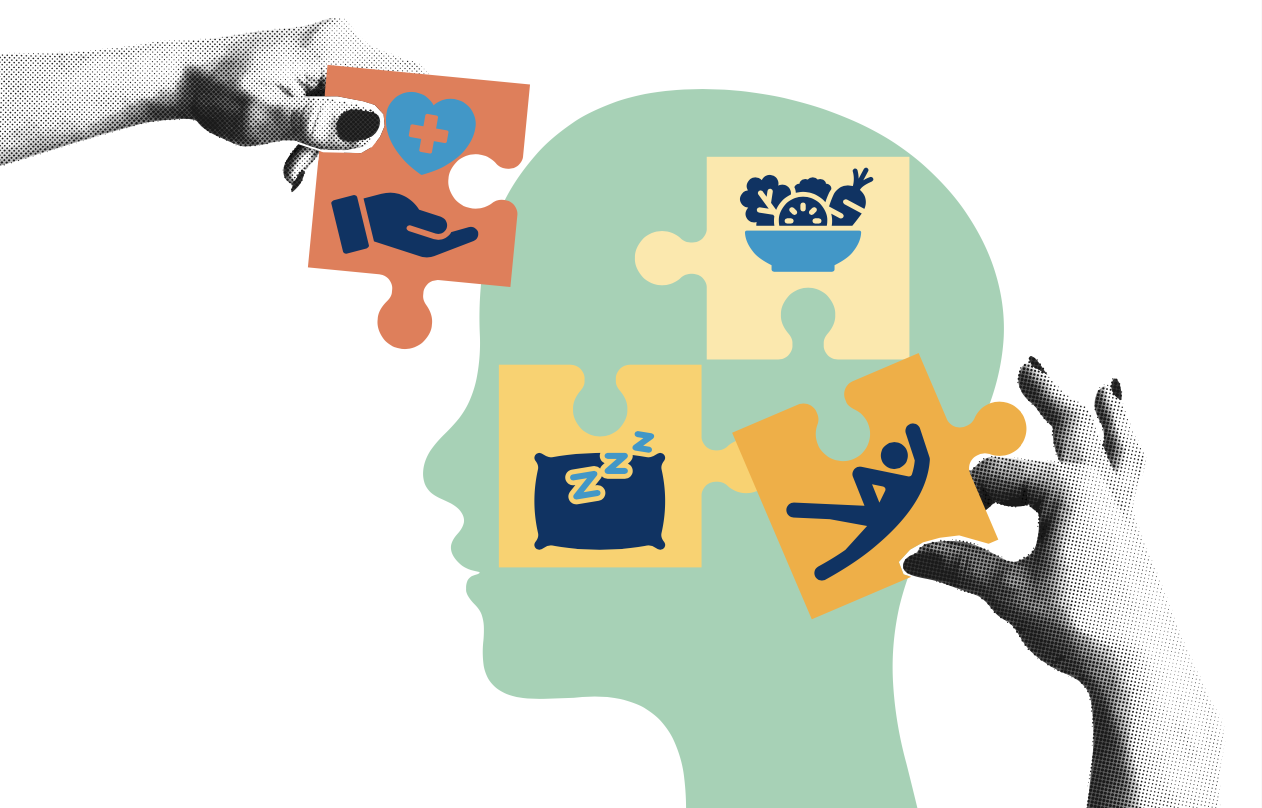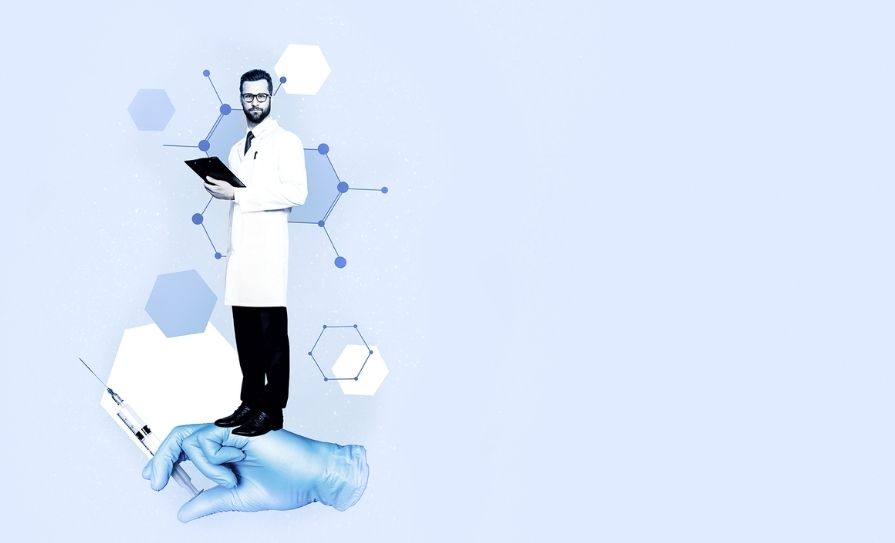A clinical overview of joint and muscle pain and muscle spasms
Part 1: Joint pain
Joint pain is a common ailment that can affect people of all ages, from young adults to pensioners. It occurs when there is damage or inflammation to the joints, leading to discomfort, stiffness, and reduced mobility.
Causes of joint pain
Many factors can contribute to joint pain, including arthritis, injuries, autoimmune disorders, and infections. Osteoarthritis, the most prevalent form of arthritis, results from the wear and tear of joint cartilage over time.
Rheumatoid arthritis (RA), an autoimmune condition, causes the immune system to attack the joints, leading to inflammation and pain. Other forms of arthritis, such as gout and lupus, can also cause joint discomfort.
Injuries, such as sprains, strains, or fractures, can damage the joint structures and result in pain. Infections affecting the joints, like septic arthritis, can lead to inflammation and discomfort. Additionally, certain metabolic disorders, such as osteoporosis, can contribute to joint pain by affecting bone density.
Symptoms of joint pain
Joint pain manifests in various ways, depending on the underlying cause. Common symptoms include pain, swelling, tenderness, and stiffness in the affected joint. Individuals may experience a reduced range of motion, making it challenging to perform daily activities. In some cases, joint pain may be accompanied by redness and warmth around the affected area.
The severity of symptoms can vary, ranging from mild discomfort to debilitating pain that significantly impacts quality of life. Anyone experiencing persistent joint pain that lasts for more than a few weeks or which is accompanied by other concerning symptoms should promptly seek medical advice for potential treatment options.
Diagnosis and treatment
Diagnosing the cause of joint pain involves a thorough medical history, physical examination, and, often, imaging tests like x-rays or magnetic resonance imaging (MRIs). Blood tests may be carried out to identify markers of inflammation or specific autoimmune conditions. Once the underlying cause is determined, an appropriate treatment plan can be devised.
Treatment for joint pain aims to alleviate symptoms, slow down the progression of the underlying condition, and improve joint function. Non-pharmacological approaches include lifestyle modifications, physiotherapy, and the use of assistive devices. Medications such as non-steroidal anti-inflammatory drugs (NSAIDs), corticosteroids, and disease-modifying antirheumatic drugs (DMARDs) may be prescribed depending on the diagnosis.
In some cases, surgical interventions, such as joint replacement surgery, may be considered when conservative measures are insufficient. However, surgery is typically reserved for severe cases when joint damage is extensive and pain is constant.
Preventive measures and lifestyle changes
While some causes of joint pain may be unavoidable, adopting certain preventive measures and lifestyle changes can help reduce the risk and severity of joint issues. Maintaining a healthy weight, engaging in regular exercise, and protecting joints from injury are crucial. A balanced diet rich in nutrients, including those that support joint health, also helps to prevent joint pain.
Osteoarthritis: The most common cause of joint pain
Osteoarthritis occurs when cartilage, which is the lining of the joints, becomes worn down. Although osteoarthritis can damage any joint, it most commonly affects the knees, hands, and hips. It is the most common cause of joint pain, especially in older people.
What is osteoarthritis?
Unlike rheumatoid arthritis, which is caused by inflammation, osteoarthritis is caused by ageing and long-term wear-and-tear in the joints. After years of use, the cartilage that cushions the joints can break down, until bone rubs against bone.
Osteoarthritis is rarely as crippling as RA, but it can greatly impact on a person’s life. It can make it hard to do everyday activities like getting dressed and walking up the stairs. It most commonly affects the knees, hands, hips, and spine. It does not affect both sides equally and symmetrically as commonly as RA. It causes more mobility disability — when people require help to walk or go up the stairs — in people over 65 than any other condition.
Osteoarthritis is the number-one reason for joint replacement surgery. It can take decades for enough cartilage to wear down to cause osteoarthritis, and it is mainly diagnosed in men after the age of 50 and in women after the age of 40. Women are more prone to develop osteoarthritis after the menopause, when they become twice as likely as men of a similar age to suffer from the condition. Being overweight and a family history of arthritis makes you more likely to develop osteoarthritis.
How does osteoarthritis develop?
Cartilage is a hard, slippery, and flexible substance that coats the end of a bone, allowing it to move smoothly against the next bone without them rubbing together. When cartilage is damaged, the affected bone tries to compensate and repair itself by thickening and growing out. These outgrowths are called ‘spurs’ or osteophytes. However, such outgrowths in osteoarthritis can develop into an abnormal shape, making the joint unstable and painful.
Risk factors
The exact causes are unknown, and it is not all due to ageing and wear-and-tear. Certain factors make it more likely:
- Being over the age of 40.
- Being female, as women are more at risk than men.
- Being overweight or obese, as there is greater strain on the joints.
- Playing a lot of high-impact sports, ie, Gaelic football and rugby.
- Having had an injury or an operation on a joint can make problems more likely later on.
- Having relatives with the condition, as there is evidence that osteoarthritis runs in families. However, it is less influenced by genetics than RA.
Symptoms
The main symptoms of osteoarthritis are pain and stiffness of the joints. The joints may also become swollen, although this is less common than in RA. The pain is exacerbated by activity and relieved by rest. Unlike RA, where pain and stiffness tend to be worse in the morning, the pain of osteoarthritis tends to get worse throughout the day. With severe osteoarthritis, the patient can experience pain even at rest. The joints may not be able to move as easily as before and there may be a ‘crunching’ feeling. Joints may also make creaking sounds called crepitations. As osteoarthritis progresses, the joints may become misshapen and look ‘knobby’, and they may become unstable. Muscle weakness may occur around the affected joints.
Some people find that their symptoms are affected by changes in the weather or their level of activity. Sometimes pain and stiffness can be more severe in the early stages, especially in women who develop osteoarthritis around the time of the menopause. It then tends to settle down over the next few years.
Diagnosis
Unlike other forms of arthritis, there is no single test that can check for osteoarthritis, so a GP will ask about symptoms and examine the joint. He or she will look for bony outgrowths, swelling, creaking, instability, and reduced movement of the joint. An x-ray can show up any narrowing within the joint or outgrowths of bone. However, x-rays only give limited information and in the early stages of osteoarthritis, joints may look normal.
Medication for osteoarthritis
There is no cure for osteoarthritis, however certain medications will relieve symptoms. Current medicine is limited to basic painkillers such as paracetamol, ibuprofen, and other stronger non-steroidal anti-inflammatory drugs (NSAIDs) available on prescription. There is also the option of topical preparations, withmany NSAIDs available in topical forms although it is not clear how effective they are.
Opioid analgesics like tramadol are limited by side-effects and addiction potential, while steroid injections directly into the joint only last up to four weeks (and often only a week), so it is not a long-term solution. I already discussed in detail in Irish Pharmacist the medication used for osteoarthritis, so I won’t discuss it in depth here. But in summary, the only class of medicines used for osteoarthritis are painkillers — and their effect is short-term and often not effective enough as the condition progresses with time.
Surgery
Surgery should only be considered when all other treatments have been tried. Surgical options have advanced in recent years, with realignment and hip resurfacing available even for mild osteoarthritis. Hip resurfacing is an alternate to hip replacement and is used more often with younger patients.
Particularly painful joints may need to be replaced. This is mostly done for the hip and knee joints, and both have high rates of success in improving mobility and reducing pain. Some 95 per cent of hip and knee replacements have excellent results, with 95 per cent of replacement joints lasting 15 years. Up to 85 per cent of hip and knee replacements are due to osteoarthritis.
Part 2: Muscle pain
Muscle pain, also known as myalgia, is common and can result from a variety of factors, ranging from overexertion and muscle strain, to underlying medical conditions.
Engaging in intense physical activities, such as rigorous exercise or lifting heavy objects, can lead to microscopic damage to muscle fibres, triggering pain and inflammation. This type of muscle pain, often referred to as delayed onset muscle soreness (DOMS), typically occurs 24-to-72 hours after the activity and is a natural response to the stress placed on the muscles.
In addition to overexertion, muscle pain can also be a symptom of various medical conditions. Infections, such as influenza or the common cold, can cause generalised muscle aches as the body’s immune response activates, but this muscle pain is only short term.
Another cause of muscle pain is poor posture or ergonomics. Prolonged periods of sitting or standing in awkward positions can strain muscles, leading to discomfort and pain. Additionally, stress and tension can cause muscle stiffness and pain, particularly in the neck, shoulders, and back.
Autoimmune disorders, such as lupus or RA, may result in chronic muscle pain due to inflammation and the immune system mistakenly attacking healthy tissues. Muscle atrophy — wasting away of muscle strength — is not normally associated with RA, which mainly affects the joints but can occur in the longer term if RA is not controlled medically. Lupus generally causes inflammation of the joint, but occasionally people with lupus develop myositis, an inflammation of the skeletal muscles that causes weakness and loss of strength.
Identifying the specific characteristics of muscle pain is crucial for determining its cause. Acute muscle pain often presents as a localised sensation of soreness or tenderness in a specific muscle group. Chronic muscle pain, on the other hand, persists over an extended period and may be associated with other symptoms, such as fatigue or sleep disturbances. Understanding the duration, location, and accompanying symptoms can help to pinpoint the underlying cause of the muscle pain.
Several strategies are helpful to manage muscle pain. Rest and adequate hydration are fundamental for recovery from muscle strain. Applying ice or heat to the affected area can help alleviate inflammation and soothe discomfort. Over-the-counter pain relievers, such as ibuprofen or paracetamol, may provide temporary relief for mild-to-moderate muscle pain.
In some cases, professional intervention may be necessary. Physiotherapy can be beneficial for addressing underlying musculoskeletal imbalances and improving overall muscle function. Massage therapy and chiropractic care are alternative approaches that focus on relieving muscle tension and promoting relaxation.
Preventive measures play a crucial role in minimising the risk of muscle pain. Incorporating proper warm-up and cool-down exercises into physical activities prepares muscles for exertion and facilitates recovery. Maintaining good posture and ergonomics in daily activities can reduce the likelihood of developing muscle strain. Regular exercise that includes a combination of strength training and flexibility exercises contributes to overall muscle health and resilience.
Statins and muscle pain
Statins, commonly prescribed to control cholesterol, can lead to muscle pain (myalgia) in some individuals. The exact mechanism or reason muscle pain may occur with statins remains unclear. Factors such as individual susceptibility, dose, and specific statin type can influence risk. Monitoring symptoms and promptly reporting any discomfort to healthcare providers is crucial. It is estimated that one-in-1,000 people using statins may suffer from myalgia, and one-in-10,000 may suffer from rhabdomyolysis.
Patients should be told when prescribed statins to tell their GP if they experience muscle pain, tenderness, or weakness; if it does occur, muscle pain will disappear within a month of stopping a statin and there are other non-statin drug options to reduce cholesterol, ie, ezetimibe. Studies indicate that pravastatin has a slightly lower incidence of myalgia compared to other statins but there is not a significant difference. Despite potential side-effects, the overall cardiovascular benefits of statins often outweigh the risks.
Part 3: Muscle spasms
Muscle spasms are involuntary muscle contractions that can result from varying causes, such as dehydration, electrolyte imbalances, and muscle fatigue. Underlying conditions such as nerve compression, metabolic disorders, or medication side-effects may contribute.
Symptoms of muscle spasms include sudden, intense pain, muscle stiffness, and visible twitching. Cramps can affect any muscle but commonly occur in the legs, feet, or stomach.
Treatment involves addressing the root cause. Hydration and maintaining electrolyte balance are crucial. Stretching exercises and gentle massage can alleviate acute spasms. Applying heat or cold packs may also provide relief. In chronic cases, identifying and managing underlying conditions through medical intervention is essential.
Prevention strategies include staying hydrated, maintaining a balanced diet, and incorporating regular exercise to enhance muscle flexibility and strength. In certain cases, muscle relaxants or calcium channel blockers may be prescribed.
While muscle spasms are generally harmless, persistent or severe spasms warrant medical attention to rule out serious conditions and ensure appropriate management. Although unlikely, muscle spasms can signal on very rare occasions serious conditions such as multiple sclerosis, motor neuron disease, or spinal cord injuries.
Written by Eamonn Brady MPSI (Pharmacist). Whelehans Pharmacies, 38 Pearse St and Clonmore, Mullingar. Tel 04493 34591 (Pearse St) or 04493 10266 (Clonmore). www.whelehans.ie. Eamonn specialises in the supply of medicines and training needs of nursing homes throughout Ireland. Email ebrady@whelehans.ie







